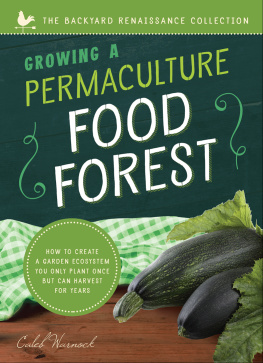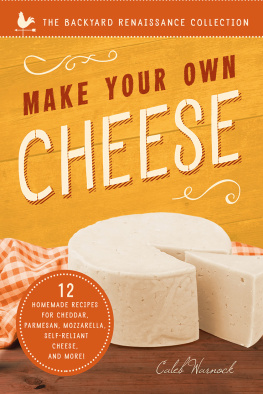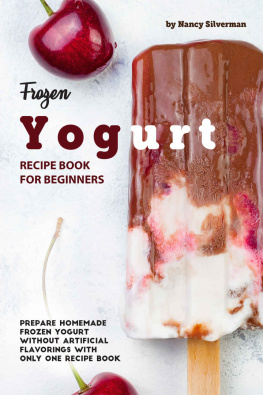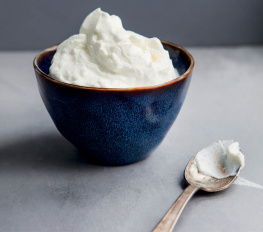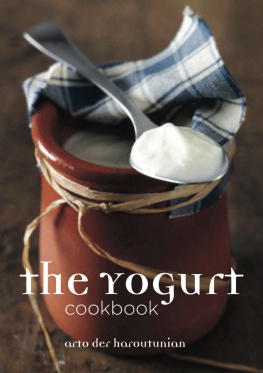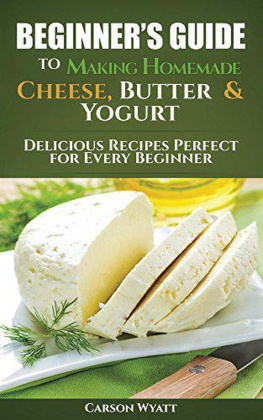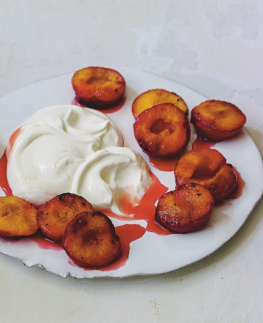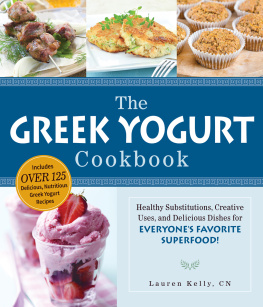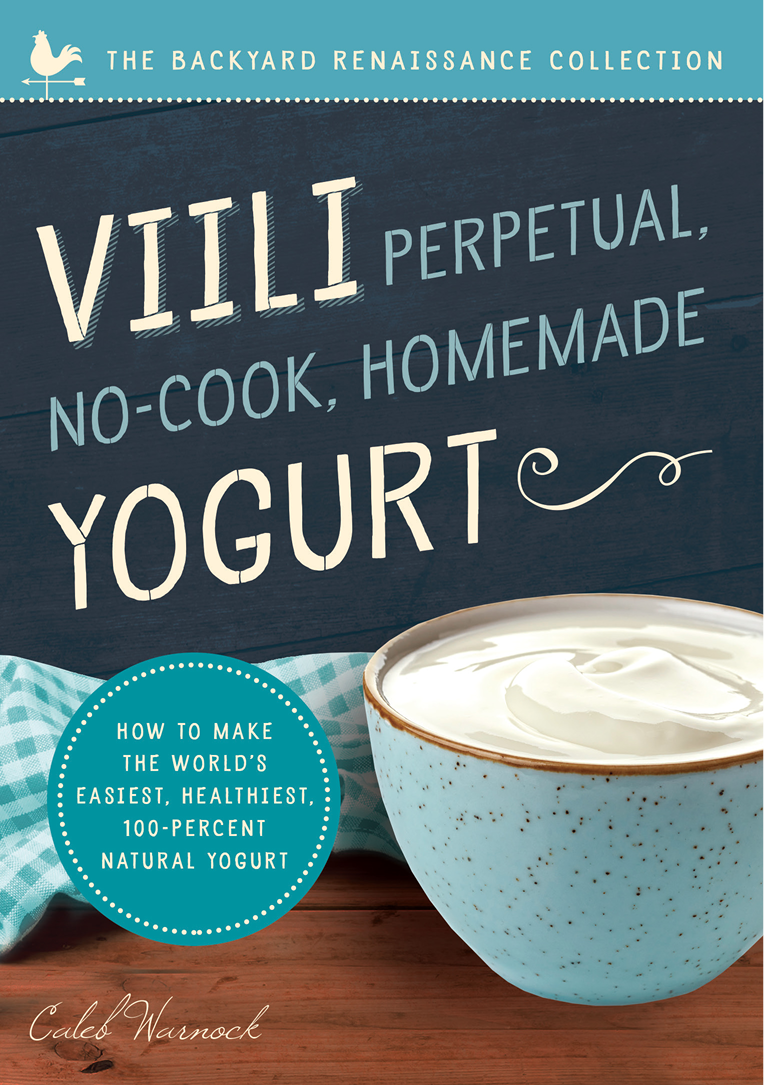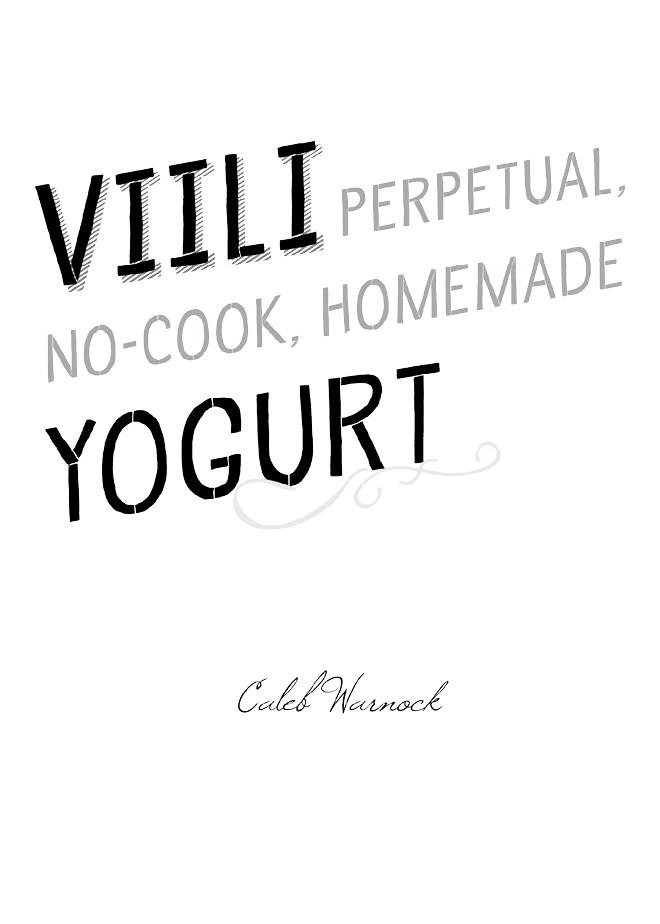Discover the Long-Lost Skills of Self-Reliance
M y name is Caleb Warnock, and Ive been working for years to learn how to return to forgotten skills, the skills of our ancestors. As our world becomes increasingly unstable, self-reliance becomes invaluable. Throughout this series, The Backyard Renaissance , I will share with you the lost skills of self-sufficiency and healthy living. Come with me and other do-it-yourself experimenters, and rediscover the joys and success of simple self-reliance.
Copyright 2015 by Caleb Warnock
All rights reserved.
Published by Familius LLC, www.familius.com
Familius books are available at special discounts for bulk purchases for sales promotions or for family or corporate use. Special editions, including personalized covers, excerpts of existing books, or books with corporate logos, can be created in large quantities for special needs. For more information, contact Premium Sales at 559-876-2170 or email specialmarkets@familius.com.
Library of Congress Catalog-in-Publication Data
2015942862 ISBN 9781942672951
Edited by Liza Hagerman
Cover design by David Miles
Book design by David Miles and Brooke Jorden
10 9 8 7 6 5 4 3 2 1
First Edition
PART I: VIILI 101
V iili yogurt is the worlds only homemade yogurt that requires no cooking. Beloved in Finland for centuries, viili is easy to make, full of natural probiotic health, and deliciously creamy! Viili yogurt is also perpetual, meaning that once you have a starter, you can make the yogurt for years to come. This book will tell you how to get a starter, explain the history of viili, give you detailed instructions with questions and answers, and introduce recipes ranging from homemade yogurt cheese to pancakes and waffles, smoothies, dinner entres, and more!
Welcome to the worlds simplest, most honest, healthy homemade yogurt!
Calebs Introduction to Viili
O ne summer afternoon, I was sitting in the kitchen of my friend Linda when she casually pulled some homemade yogurt out of her fridge. Im sending this home with you so you can start making your own yogurt, she said.
Linda is a widower who calls herself my adoptive mother, and the story of how we met became a bit famous after I published it in my More Forgotten Skills book. At our first meeting, Linda and I got into a bit of a tiff during a speech I was giving. Afterward, she offered me some of the rarest beans in the world, and since that day, we have been friends. She has taught me to use milk kefir and water kefir, taught me how to sprout sunflower lettuce in winter, and introduced me to her rare strawberries. We have compared our greenhouses and swapped plants, and she taught me how to use a thermal oven and the pioneer method for cellaring winter apples. My adoptive mother is a treasure trove of homestead wisdom.
On this particular day, I was sitting in her kitchen as we talked about her stevia plants, a sugary green herb she was growing from seeds she got from me. When she went to her fridge to get me a yogurt starter, it was a stealth attackshe had offered me a starter for her yogurt culture several times before, but I had always said no. I was already keeping cultures of natural yeast and two kinds of kefirs, and I wasnt sure I wanted to add another pet to my collection. After all, cultures need occasional attention because they are living creatures. (More on that in a moment.)
This time, Linda didnt ask me if I wanted a yogurt startershe just gave me one. Its so easy, she said. All you do is put the starter in a mason jar, add milk, and leave it on your kitchen counter overnight until it forms yogurt.
I was skeptical.
At our house, we were no strangers to homemade yogurt. My wife, Charmayne, and I have a little yogurt-making machine that heats yogurt to the correct temperature for hours, gently cooking it in the traditional way. We had used yogurt from the grocery store as our starter, but it only lasted a few uses before it was no good. The whole process took more time, attention, and counter space than it was worth, and the yogurt cooker had sat in a closet, unused, for years.
In her kitchen, as Linda handed me the yogurt culture in a pint glass jar, she could see the doubt in my eyes. Just do it, she said. Youre going to love it.
If I say that boy, oh boy, was she rightwe do love the culture of viili Finnish yogurt that she gifted usit would be an understatement.
Notes
Caleb Warnock, More Forgotten Skills of Self-Sufficiency (Springville, UT: Cedar Fort, Inc., 2014).
What Is Viili?
B efore the invention of modern grocery stores (approximately after World War II), yogurt was commonly homemade using a starter culture. A starter is simply a collection of beneficial bacteria that when fed milk (in the case of yogurt) turn the milk into yogurt. This kind of traditional yogurt is sometimes called yoghurt. Viili is a very old culture of traditional yogurt, passed down through families and among friends in Finland for centuries. It is beloved for its many benefits, for its flavor, and because it is so easy to make. Each time yogurt is made, a small amount of the finished yogurt is simply kept aside to inoculate or start the next batch. In this way, families have fed themselves self-reliantly for thousands of years.
The History of Viili Finnish Yogurt
T he earliest known viili to come to the USA from Finland arrived in about 1900 with the Kinnunen family, who lived in Fort Bragg, northern California. It was popular in the Finnish community there, write William Shurtleff and Akiko Aoyagi in the book History of Soy Yogurt, Soy Acidophilus Milk and Other Cultured Soymilks . The culture remained in this small circle of people for the next eighty years, until the son of a Finnish immigrant living there offered the culture for sale in 1980.
Today, viili has begun to grow in popularity because more people are becoming aware of the health benefits of cultured foods.
There are two kinds of viili cultures. One is the ropy traditional viili, and the other is a creamy, smooth culture. The difference between the two cultures is that in ropy viili, natural wild yeasts have colonized. The traditional Finnish viili was ropy and stringywhen you put a spoon into it, you could stretch or pull ropes of yogurt out of the bowl. These ropes could be several inches long or even longer. However, many people dont consider this sort of slimy yogurt as appetizing as the creamy variety. The invention of the microscope meant that the natural yeasts, which caused the ropiness, could be separated from the beneficial bacteria, making a viili culture that is creamy and smooth. It is this culture that is preferred and sold today.
Throughout the centuries, there has also been a third kind of viili made in Finland. Cream viili, called kermaviili , is made from cream instead of milk and is used in cooking like sour cream; with dill, chives, and other spices as cold sauce for fish; and as a base for dip sauces.
What Is Perpetual Yogurt?
A ny yogurt that can be created forever from a start is called a perpetual yogurt. There are three types of yogurt in the world:
No-cook yogurt created from a start
Cooked yogurt created from a start
Yogurt that must be cooked, from a start, with rennet (an enzyme used to make cheese)




